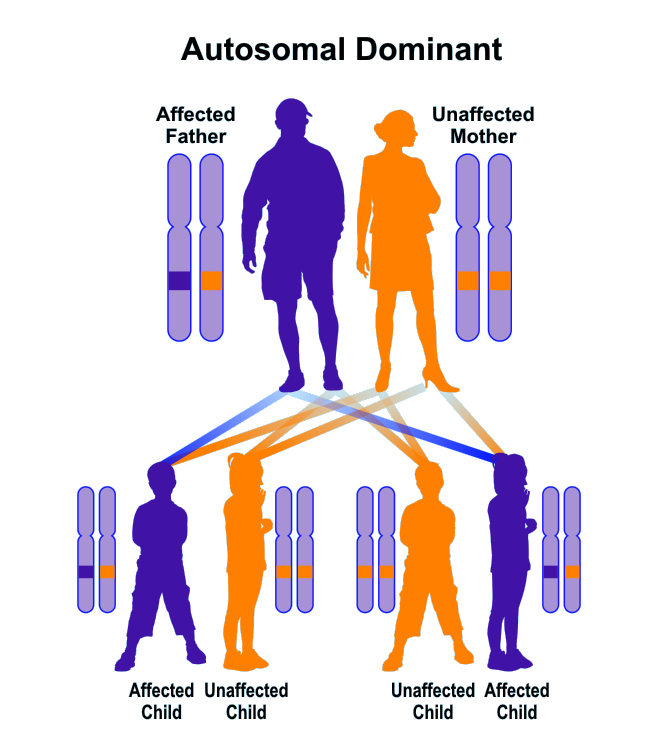Papillorenal syndrome pathophysiology: Difference between revisions
| Line 7: | Line 7: | ||
==Pathophysiology== | ==Pathophysiology== | ||
[[File:Papillorenal Syndrome 11.jpg|thumb|358x358px|'''Papillorenal Syndrome Genetics Related to PAX2 Gene.'''|alt=]] | [[File:Papillorenal Syndrome 11.jpg|thumb|358x358px|'''Papillorenal Syndrome Genetics Related to PAX2 Gene.'''|alt=, | ||
https://disorders.eyes.arizona.edu/disorders/papillorenal-syndrome]] | |||
===''Pax2'' mutations=== | ===''Pax2'' mutations=== | ||
Revision as of 23:15, 4 September 2020
Editor-In-Chief: C. Michael Gibson, M.S., M.D. [1]
Overview
The known cause of the Papillorenal syndrome is mutation of a copy of the PAX2 gene, a gene which is important in the development of both the eye and the kidney. However, approximately half of patients with Papillorenal syndrome do not have defects in the Pax2. This suggests that other genes play a role in the development of the syndrome, though few downstream effectors of Pax2 have been identified.
Pathophysiology

Pax2 mutations
The majority of mutations occur in exons 2,3 and 4, which encode the paired domain and frame shift mutations that lead to a null allele.[1] The missense mutations appear to disrupt hydrogen bonds, leading to decreased transactivation of Pax2, but do not seem to effect nuclear localization, steady state mRNA levels, or the ability of Pax2 to bind to its DNA consensus sequence.[2] Mutations related to the disease have also been noted in exons 7,8, and 9, with milder phenotypes than the other mutations.[1]
Recent studies
Pax2 is expressed in the kidney, midbrain, hindbrain, cells in the spinal column, developing ear, and developing eye. Homozygous negative Pax2 mutation is lethal, but heterozygote mutants showed many symptoms of papillorenal syndrome, including optic nerve dysplasia with abnormal vessels emerging from the periphery of the optic cup and small dysplastic kidneys. It is shown that Pax2 is under upstream control of Shh in both mice and zebrafish, which is expressed in the precordial plate.[1]

PAX2 gene mutation is expressed in the development of Kidneys, Otic, optic cup and, midbrain-hindbrain boundary. For pathogenesis, The PAX2 mutations have believed to cause the loss of function of one allele known as haploinsufficiency. This PAX2 haploinsufficiency is mostly seen in the conditions associated with the ocular, urogenital, and other abnormalities in humans. Some of the patients with Renal coloboma syndrome also reported having missense mutations.
The exact mechanism by which this causes the disease is still not explained. Scientists have explored the association between this mouse mutation with the paired domain mutation usually seen in humans, The science has tried to explain the expression of mutant proteins in vitro as well as in vivo at a slow pace and lower level as compared to with wild type protein.
The patients with missense mutations in PAX2 will develop Papillorenal syndrome due to the hypomorphic nature of the alleles and the residual function of these couldn't suppress the development of the ocular and renal disease.
References
- ↑ 1.0 1.1 1.2 http://www.d.umn.edu/biology/documents/Schimmenti.pdf)
- ↑ Alur RP, Vijayasarathy C, Brown JD; et al. (2010). "Papillorenal syndrome-causing missense mutations in PAX2/Pax2 result in hypomorphic alleles in mouse and human". PLoS Genet. 6 (3): e1000870. doi:10.1371/journal.pgen.1000870. PMC 2832668. PMID 20221250. Unknown parameter
|month=ignored (help)